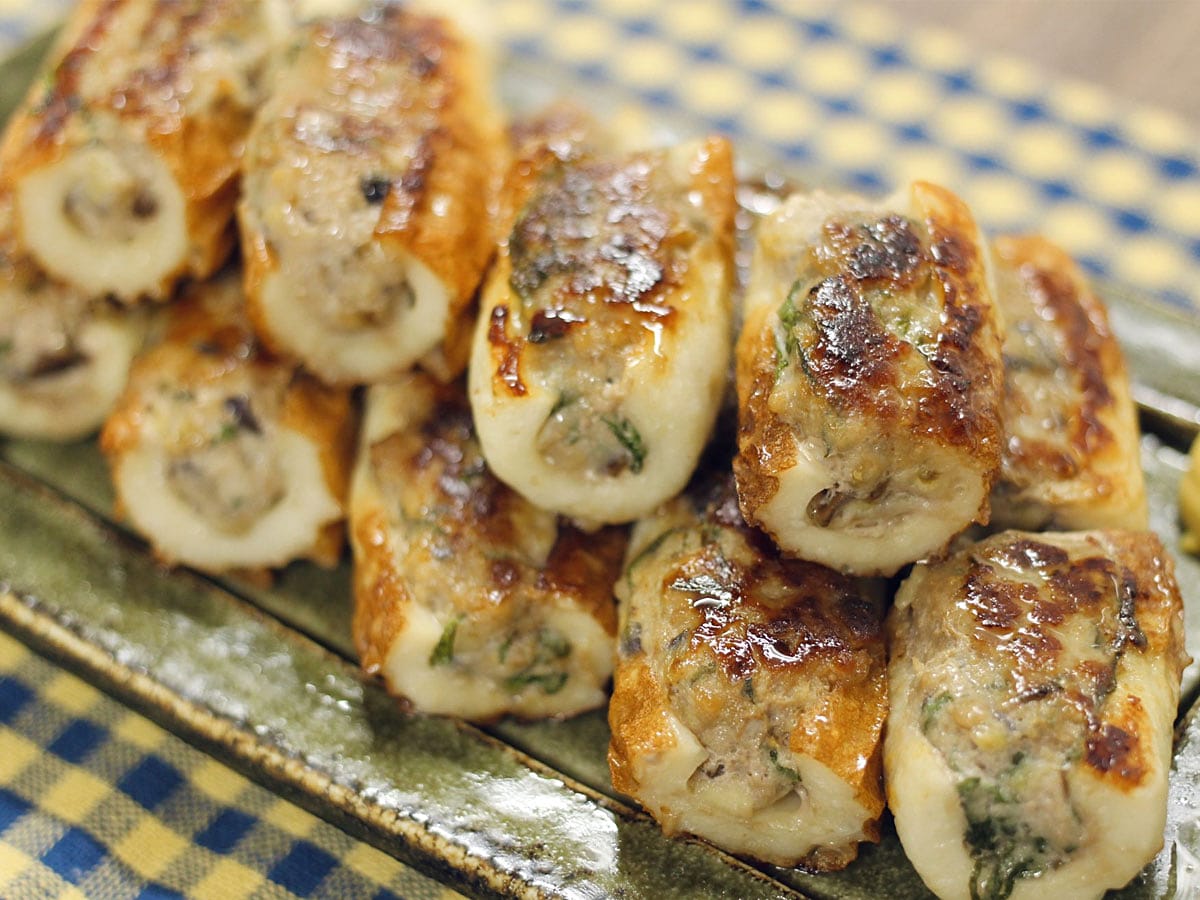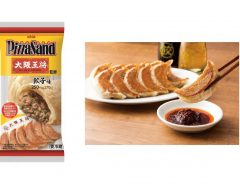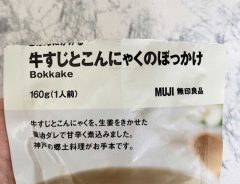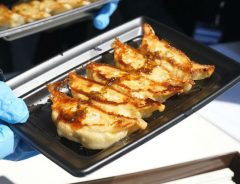
Source: ぼく Boku (@boku_5656) - image used with permission
Skip the hard part of making gyoza dumplings with one replacement ingredient [Recipe]
- Tags:
- chikuwa / gyoza / gyoza dumplings / lifehack / Potstickers / Recipe / shortcut
Related Article
-

Simple and delicious home-cooked meals with YouTuber Kimono Mom
-

Japanese convenience store releases “Gyoza Pizza Sandwiches” for double feast
-

No splattering! Open Muji and other retort pouches cleanly every time
-

Use a pack of bread to peel an orange? Get faster access to your citrus with this easy lifehack
-

Japanese cooking hobbyist spends 3 years recreating KFC recipe to perfection
-

From Cilantro Gyoza To Blue Cheese Dumplings, Try Out 30 Different Potstickers At The Gyoza Festival In Tokyo


Gyoza. These mouthwatering dumplings are ubiquitous in Japan and a favorite among tourists. It's only natural that you'd want to try making them at home.
Unless they're very skilled with their hands or already have experience making other kinds of dumplings or potstickers, however, many people who make Japanese gyoza for the first time have difficulty with one part of the recipe: Shaping and folding them into nice pleats. This usually takes a bit of practice to get right.
But what if you don't want to bother with that?
Japanese culinary researcher ぼく Boku (@boku_5656) posted a recipe for gyoza dumplings on their Twitter account that lets you avoid this step entirely. Of course, there's a catch...
Instead of gyoza wrappers, you use chikuwa*, a tubular surimi fishcake which some of our readers may recall from our introduction to oden stew.
It's soaked in oden broth in this picture but you get an idea of what it looks like:
Photo by grape Japan
* You can buy chikuwa at some Japanese (and Asian) food markets, some supermarkets and online retailers in many parts of the world.
Although you may consider it odd to use chikuwa for gyoza, as it turns out, the fish content doesn't at all get in the way of the juicy pork and vegetable filling, the heart of the gyoza which is essential to its delicious taste.
Chikuwa Gyoza
Here's the recipe. You'll need a large frying pan with a tight-fitting lid.
Ingredients
Wrapping
Filling
Reproduced with permission from ぼく Boku (@boku_5656)
First, mince the eggplant and julienne the shiso leaves, then mix all the filling ingredients together.
You can work in a bowl, but if you put the ingredients in a bag and knead it, you will have less things to wash.
Reproduced with permission from ぼく Boku (@boku_5656)
Next, using kitchen scissors, make a vertical cut along the length of each chikuwa to open them up, then cut them in half horizontally.
Sprinkle potato starch on the inside of the chikuwa so that it adheres well to the filling.
Reproduced with permission from ぼく Boku (@boku_5656)
After stuffing the chikuwa halves with the filling (as you can see below), turn them over so that the meat side is down.
Reproduced with permission from ぼく Boku (@boku_5656)
Cook the dumplings for 5 minutes with the lid on, then flip them over and cook them for another 2 minutes with the lid on.
According to Boku, you can add a tablespoon of sake before putting the lid back on for the final 2 minutes.
Reproduced with permission from ぼく Boku (@boku_5656)
Once you've confirmed that the filling is thoroughly cooked, you're done!
Reproduced with permission from ぼく Boku (@boku_5656)
If you have gyoza sauce, you can use it, otherwise you can try karashi Japanese mustard or other sauces and seasonings.
This recipe was very popular and received comments such as:
It's also a great recipe if you happen to already be a fan of chikuwa fishcakes and were looking for a good way of using them!
These gyoza are great for parties or just for enjoying at home! Why not give them a try?